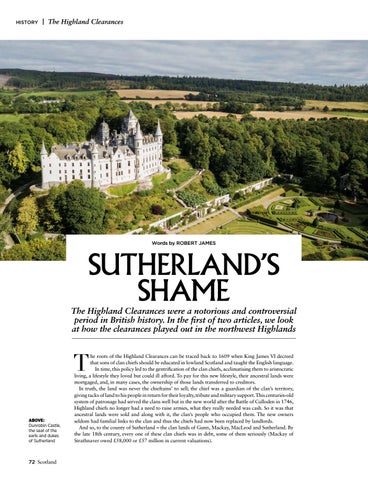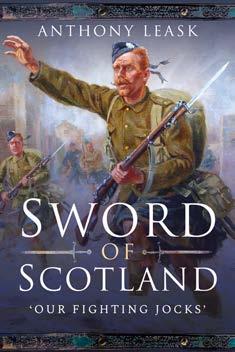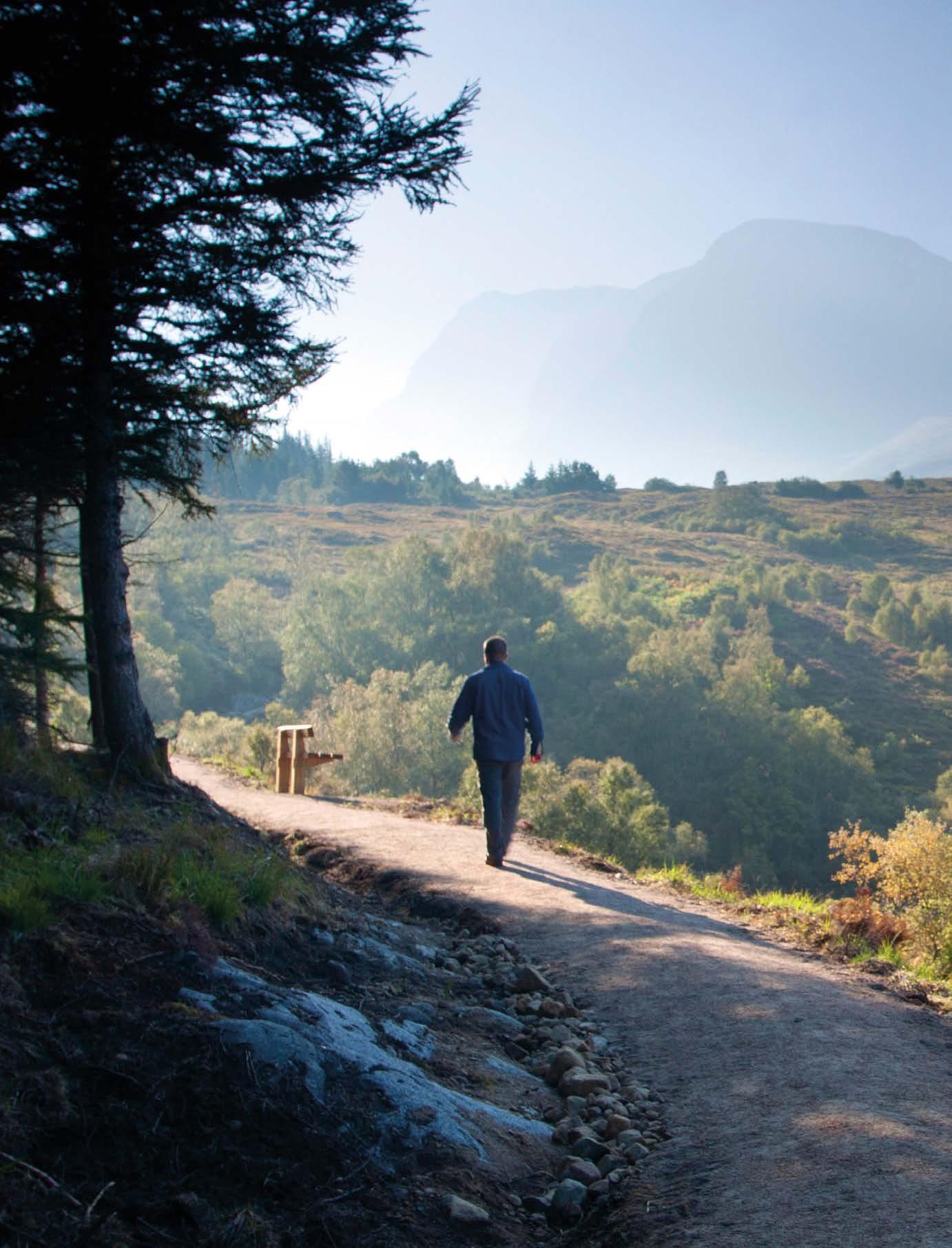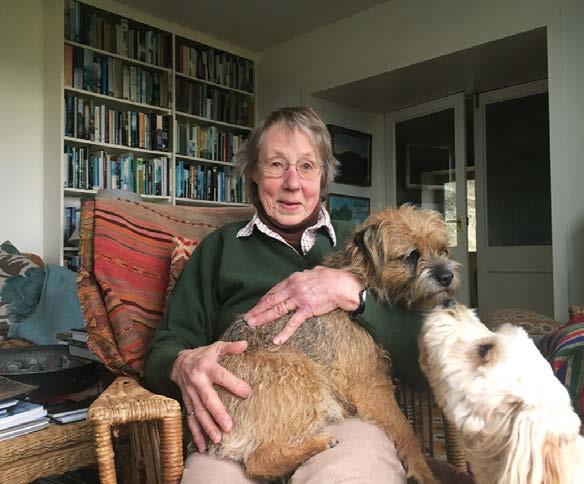history
| The Highland Clearances
Words by ROBERT JAMES
SUTHERLAND’S SHAME
The Highland Clearances were a notorious and controversial period in British history. In the first of two articles, we look at how the clearances played out in the northwest Highlands
T ABOVE: Dunrobin Castle, the seat of the earls and dukes of Sutherland
72 Scotland
he roots of the Highland Clearances can be traced back to 1609 when King James VI decreed that sons of clan chiefs should be educated in lowland Scotland and taught the English language. In time, this policy led to the gentrification of the clan chiefs, acclimatising them to aristocratic living, a lifestyle they loved but could ill afford. To pay for this new lifestyle, their ancestral lands were mortgaged, and, in many cases, the ownership of those lands transferred to creditors. In truth, the land was never the chieftains’ to sell; the chief was a guardian of the clan’s territory, giving tacks of land to his people in return for their loyalty, tribute and military support. This centuries-old system of patronage had served the clans well but in the new world after the Battle of Culloden in 1746, Highland chiefs no longer had a need to raise armies, what they really needed was cash. So it was that ancestral lands were sold and along with it, the clan’s people who occupied them. The new owners seldom had familial links to the clan and thus the chiefs had now been replaced by landlords. And so, to the county of Sutherland – the clan lands of Gunn, Mackay, MacLeod and Sutherland. By the late 18th century, every one of these clan chiefs was in debt, some of them seriously (Mackay of Strathnaver owed £58,000 or £57 million in current valuations).
















